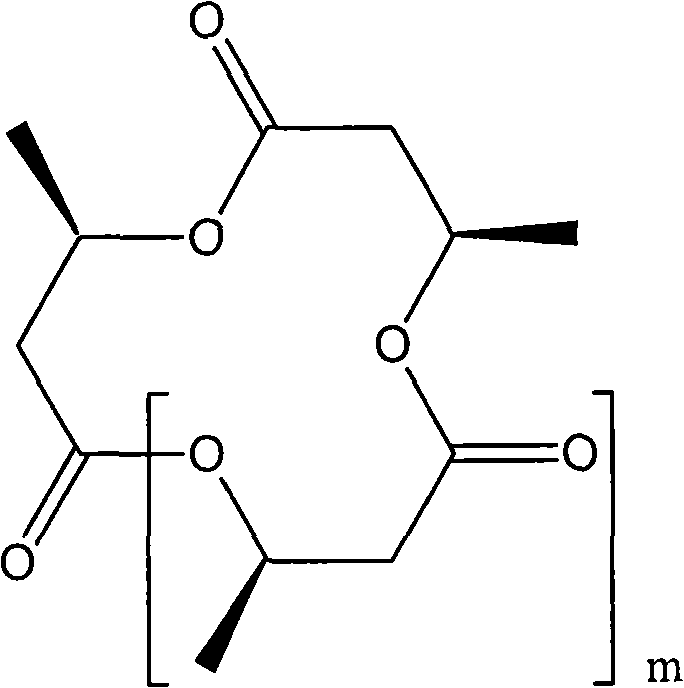Inhibitors of acetyl-COA carboxylase for treatment of neuronal hypometabolism
A technology for hypometabolism and neurons, applied in chemical treatment to inactivate enzymes, nervous system diseases, medical preparations containing active ingredients, etc., can solve problems such as inability to slow down and treatment.
- Summary
- Abstract
- Description
- Claims
- Application Information
AI Technical Summary
Problems solved by technology
Method used
Image
Examples
preparation example Construction
[0200] In one embodiment, suitable ACC inhibitors are one or more of a class of compounds for the treatment or prevention of cognitive function loss caused by neuronal hypometabolism, which includes the drug combination described in US Patent No. 4,908,385 things. US Patent No. 4,903,385 is specifically incorporated herein by reference in its entirety and the following general formulas, all species and methods for their preparation are also specifically incorporated by reference. The compounds are useful for treating, preventing, inhibiting or alleviating diseases associated with neuronal hypometabolism, such as age-associated memory impairment (AAMI), mild cognitive impairment (MCI), Alzheimer's disease, Parkinson's disease, Reedreich's ataxia (FRDA), GLUT1-deficiency epilepsy, dwarfism and Rabson-Mendenhall syndrome, coronary artery bypass graft (CABG) dementia, anesthesia-induced memory loss, Huntington's disease, etc. , including at least one α-halogenated dicarboxylic ac...
Embodiment 1
[0206] Pharmacokinetic (PK) studies in mice
[0207] Objective: To determine blood levels of ketone bodies at different time points after oral (po) and intraperitoneal (ip) administration of TOFA in mice
[0208] Animals: 6-7 week old 75I CR male mice were used. Each mouse weighs 20-30 g.
[0209] General Study Design: Animals (housed 3 / cage) were acclimatized for at least 3 days prior to dosing. Mice were given a single po dose (0.5 mg / kg-5 mg / kg) of compound or a single ip dose (1 mg / kg). Mice were anesthetized for blood sampling at 0.5, 1, 2 and 3 hours. Whole blood (-0.4 mls) was collected by cardiac puncture and heparin sodium (Heparin Na, 1:9 ratio) anticoagulant was collected. Blood was centrifuged at 13,000 rpm for 8 minutes to separate plasma. Plasma was transferred to pre-labeled color-coded Eppendorf tubes and frozen at -70°C. Animals were observed for signs of toxicity and clinical observations were recorded. Plasma levels of β-hydroxybutyrate (BHB) were det...
Embodiment 2
[0216] Use of ACC Inhibitors in Elevating Serum Ketone Levels in a Rat Model
[0217] Sprague-Dawley rats were fed a standard commercial rat diet. After a 15-day acclimatization period, the rats in both groups were fed an ACC inhibitor such as 5-(tetradecyloxy)-2-furan-carboxylic acid (TOFA) or CP-610431 at 1-50 mg / kg / day. experimental diet. The control group maintained the standard diet.
[0218] The weight of each rat was determined daily. Urine samples were collected daily and analyzed for 3-hydroxybutyrate by enzymatic assay. After 5 days on the experimental diet, rats were euthanized and blood samples were collected and analyzed for 3-hydroxybutyrate, acetoacetate and acetone by standard enzymatic techniques.
[0219] Concentrations of ketone bodies in rat plasma collected at the time of euthanasia were determined enzymatically. The control group is expected to exhibit normal concentrations of 3-hydroxybutyrate and acetoacetate of about 0.02-0.07 mM. Rats fed an ACC...
PUM
 Login to View More
Login to View More Abstract
Description
Claims
Application Information
 Login to View More
Login to View More - R&D
- Intellectual Property
- Life Sciences
- Materials
- Tech Scout
- Unparalleled Data Quality
- Higher Quality Content
- 60% Fewer Hallucinations
Browse by: Latest US Patents, China's latest patents, Technical Efficacy Thesaurus, Application Domain, Technology Topic, Popular Technical Reports.
© 2025 PatSnap. All rights reserved.Legal|Privacy policy|Modern Slavery Act Transparency Statement|Sitemap|About US| Contact US: help@patsnap.com



